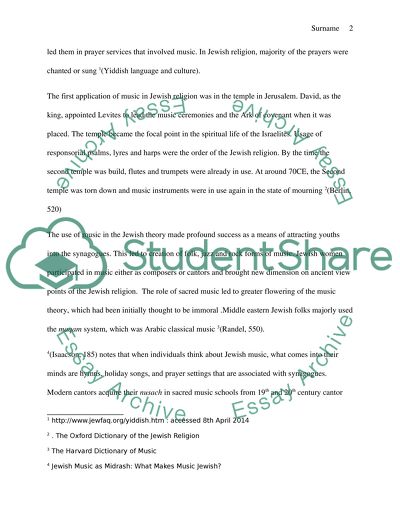Cite this document
(“Connections in Middle Eastern Music and Religion Research Paper”, n.d.)
Connections in Middle Eastern Music and Religion Research Paper. Retrieved from https://studentshare.org/music/1638332-connections-in-middle-eastern-music-and-religion
Connections in Middle Eastern Music and Religion Research Paper. Retrieved from https://studentshare.org/music/1638332-connections-in-middle-eastern-music-and-religion
(Connections in Middle Eastern Music and Religion Research Paper)
Connections in Middle Eastern Music and Religion Research Paper. https://studentshare.org/music/1638332-connections-in-middle-eastern-music-and-religion.
Connections in Middle Eastern Music and Religion Research Paper. https://studentshare.org/music/1638332-connections-in-middle-eastern-music-and-religion.
“Connections in Middle Eastern Music and Religion Research Paper”, n.d. https://studentshare.org/music/1638332-connections-in-middle-eastern-music-and-religion.


